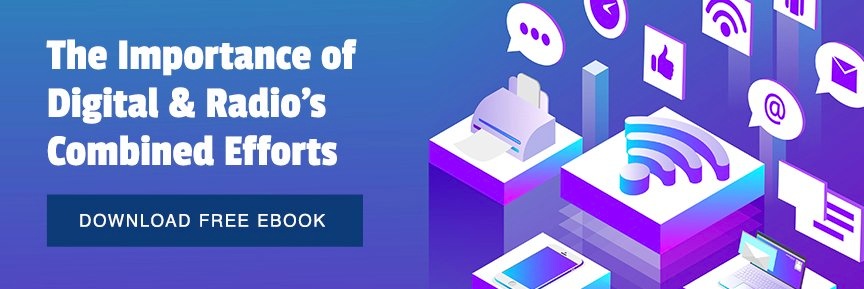Business owners hear a lot of buzzwords about the best ways to run their business. Two phrases commonly thrown around are “the consumer journey” and “the sales funnel.” These are fundamental ideas to an inbound marketing strategy and understanding them can help you develop a flourishing business.
The consumer journey and sales funnel overlap in their functions. They offer unique insights into your business and your customers, working to accomplish a singular goal.
Here, we review what these concepts are and how you can use them to help your business.
What is the Consumer Journey?
The consumer journey illustrates the customer buying process. Its insight allows you to understand how prospects buy products and services so you can appeal to them personally based on how they purchase.
There are traditionally five phases of the customer journey, which are:
- Attract – Increase awareness of your brand and attract prospects through branding, social media marketing, search engine optimization, word-of-mouth, and blog posts.
- Engage and Evaluate – Position your marketing to reach customers while they research and explore their options, presenting information that teaches them about your services and industry to help them decide what’s best for them.
- Convert – Customers have made a purchase (hopefully from you). Now you must continue to engage them using social media and email to gain further trust.
- Retention – Reach out with further offers, information about updated offerings, and any discounts to earn repeat business from your customers.
- Advocate Loyalty – After earning repeat business, encourage customers to advocate for your brand by sharing content on social media or telling their friend and family.
What Is the Sales Funnel?
Where the consumer journey maps the path the consumer takes from awareness to sale, the sales funnel matches the proper techniques to each stage of the process so that you can turn visitors into customers.
- Awareness - The top of the funnel matches the first step in the consumer journey. You can provide helpful information without pushing for a sale to gain trust.
- Interest - This part lines up with the research stage. Position yourself as an industry expert to build authority and keep your brand top of mind while consumers research.
- Desire - The middle of the sales funnel aligns with the consideration stage of the consumer journey. Develop an engaging site to keep customers on the site longer, using prominent testimonials to build trust.
- Action - The bottom of the sales funnel aligns with the conversion. Ensure that your site makes conversion quickly and without technical issues by presenting clear options for contact.
How Do They Work Together?
Understanding how your customers research for services allows you to develop your marketing and website to match their habits. You want to think about how buyers decide on purchases, then reverse engineer that process for your benefit. That knowledge will allow you to create a seamless customer experience, helping prospects sail through to becoming customers.


